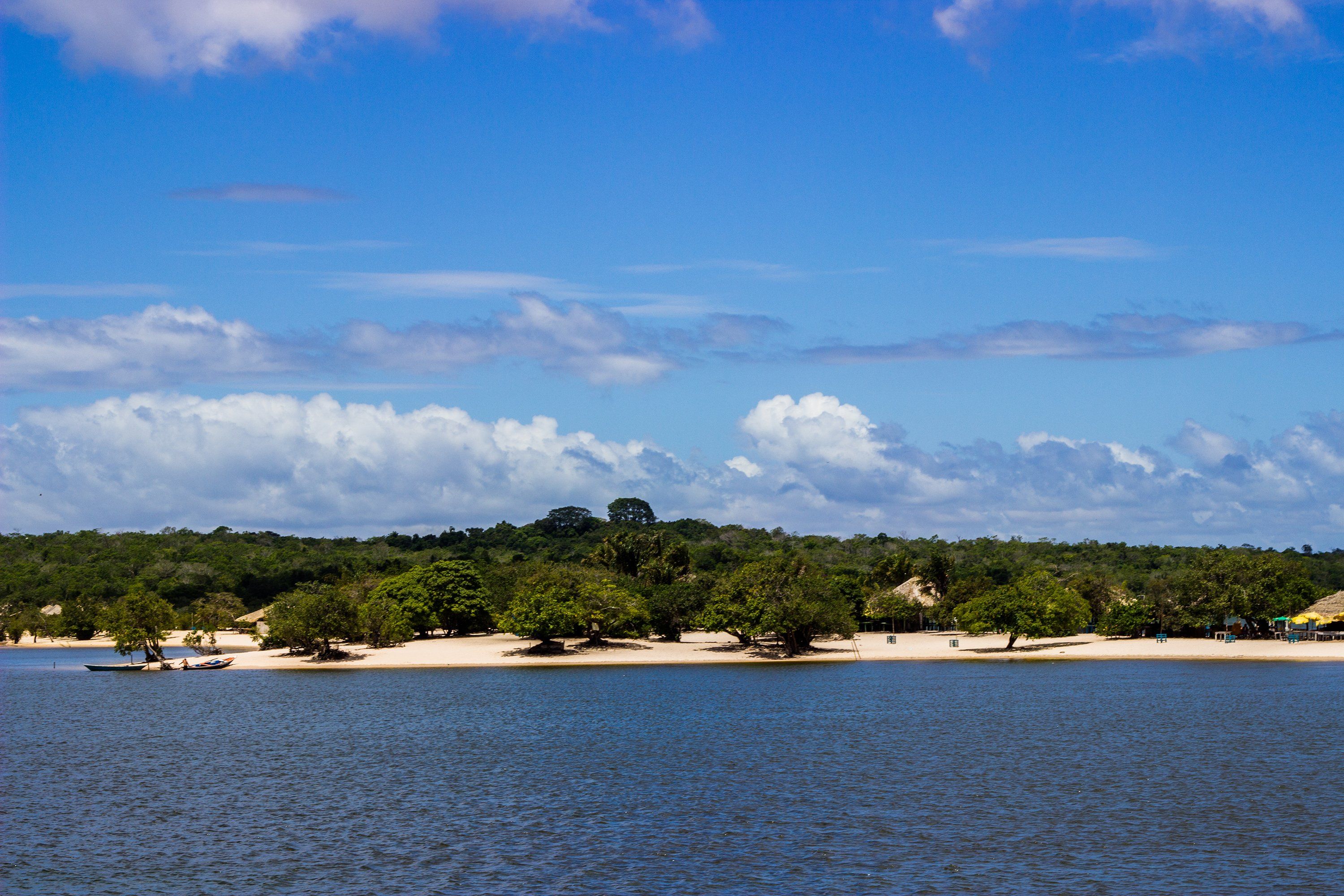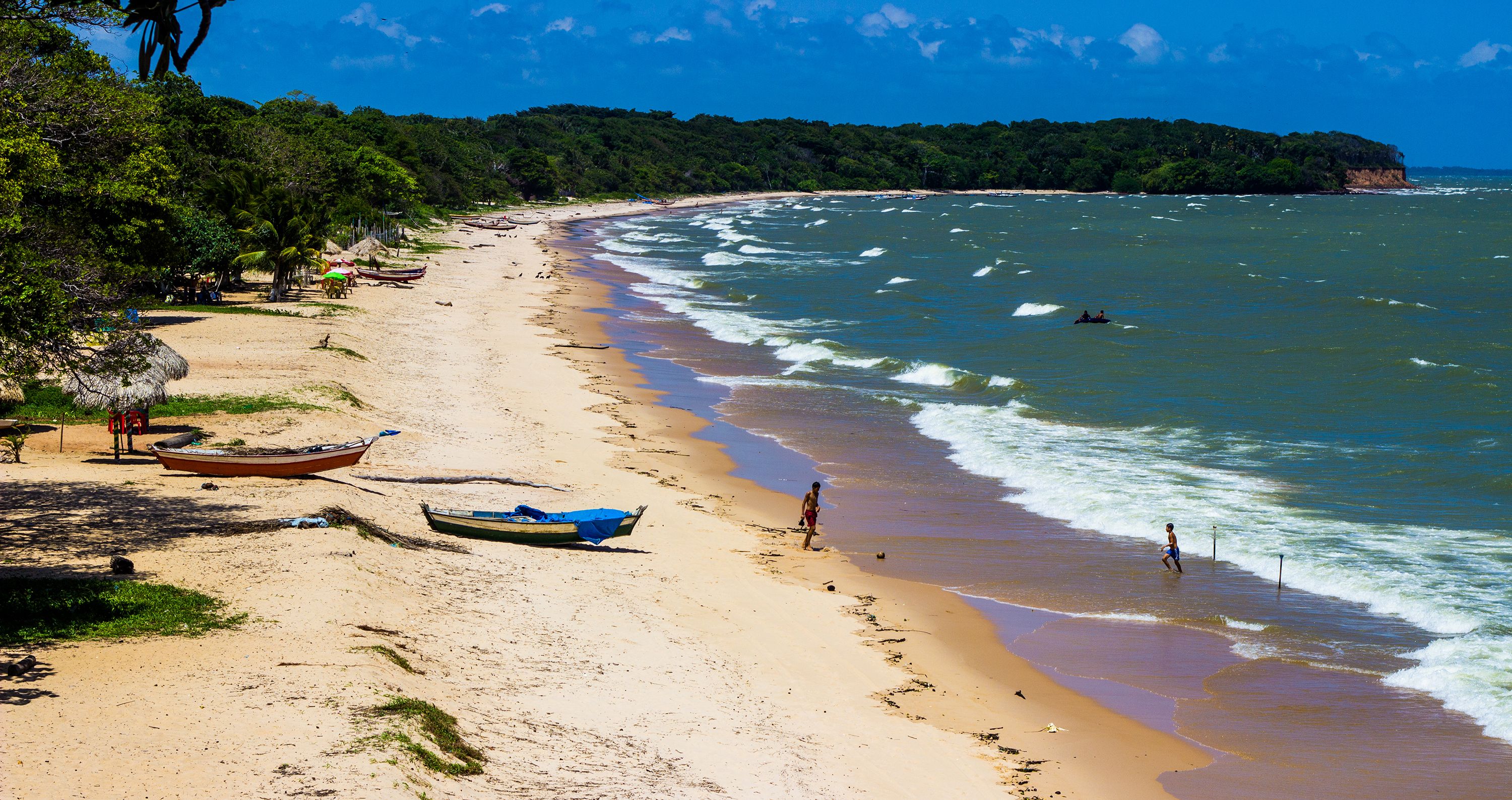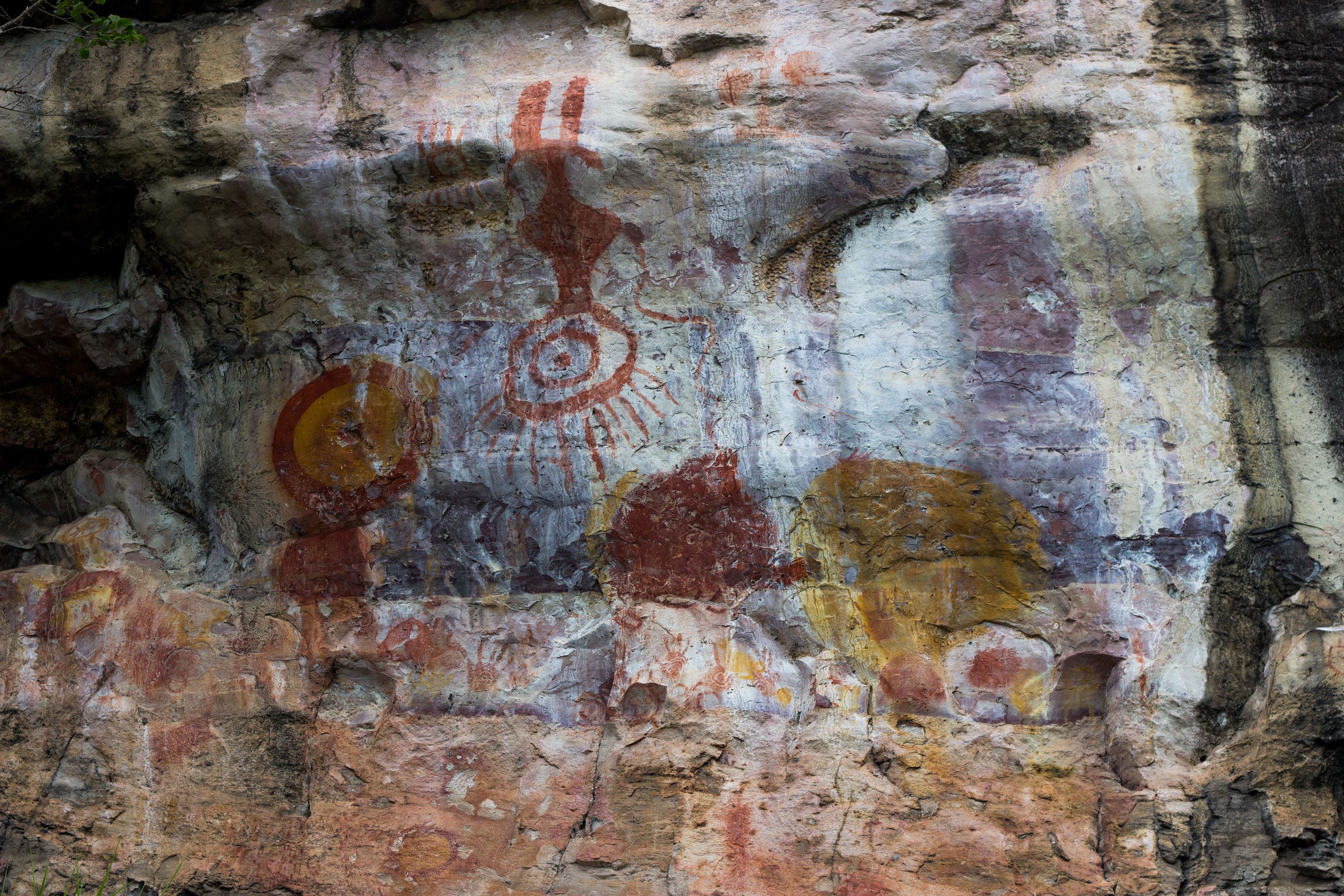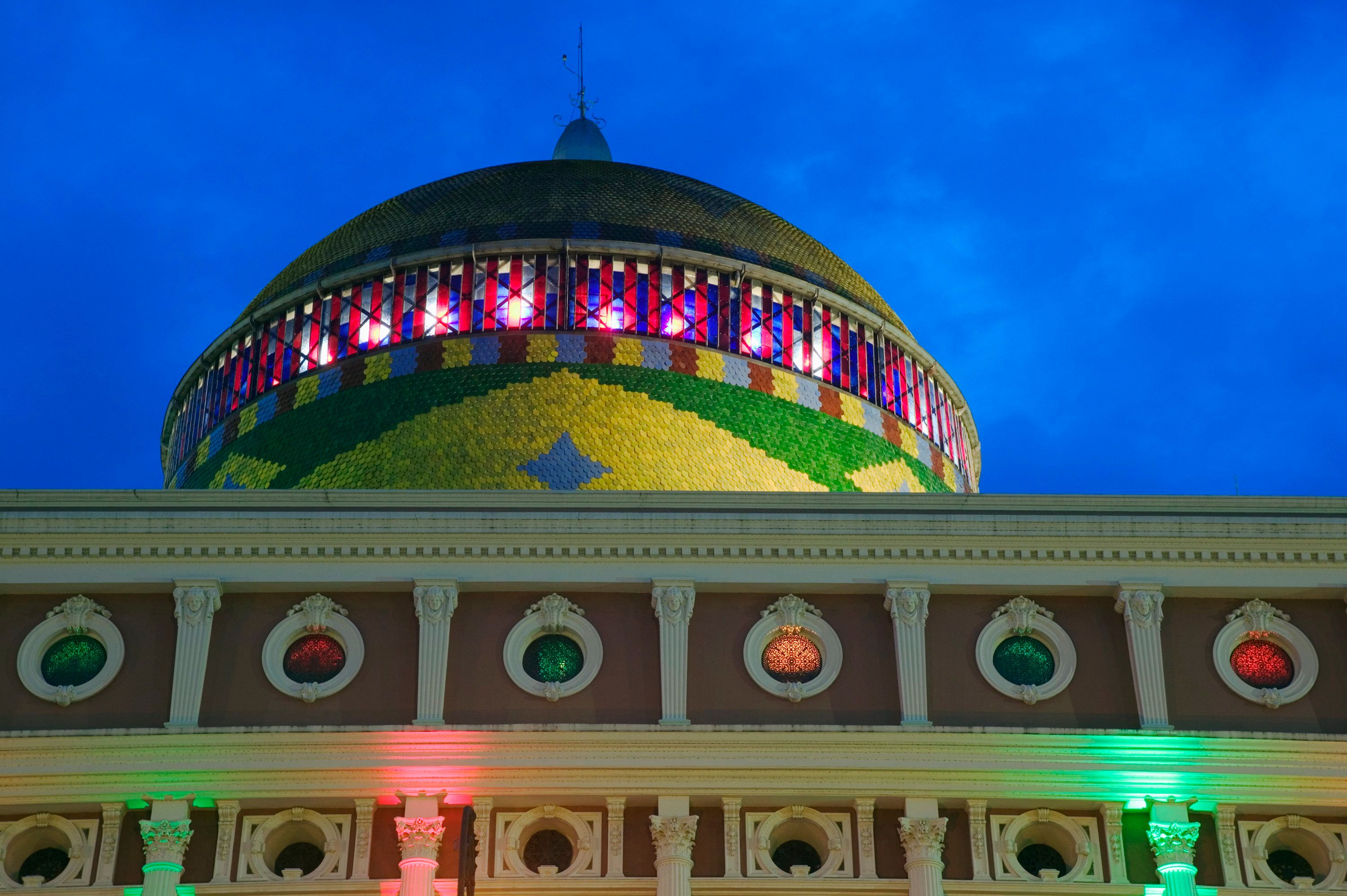2. Hike the mythical Mount Roraima
Mount Roraima doesn’t just look otherworldly – it practically is. A hulking tabletop mountain rising sheer from the jungle, it inspired The Lost World and still feels like it’s hiding dinosaurs. If you’re serious about planning a trip to Brazil with adventure at the core, this is one of the country’s most epic treks.
Roraima sits at the point where Brazil, Venezuela, and Guyana meet. Technically, the easiest route to the summit is from the Venezuelan side, but reaching it from Brazil is possible for experienced hikers – just be warned, it’s far more remote and logistically challenging. The mountain is sacred to the Indigenous Pemón people, who believe it to be the stump of a great tree that once held all the world’s fruits.
The trek itself usually takes 6-8 days, with long jungle hikes, rivers to cross, and steep scrambles. But the top is like landing on a new planet: vast rock formations, strange endemic plants, sudden waterfalls, and a cloud layer far below. Temperatures drop sharply at night, and the weather can flip in minutes.
You’ll need a guide, good gear, and a lot of stamina. This isn’t one to improvise. But for those who make it, Roraima is unforgettable – wild, spiritual, and completely disconnected from the modern world. It’s not just one of the most dramatic peaks in South America; it’s one of the most surreal landscapes you’ll ever step foot on.
















